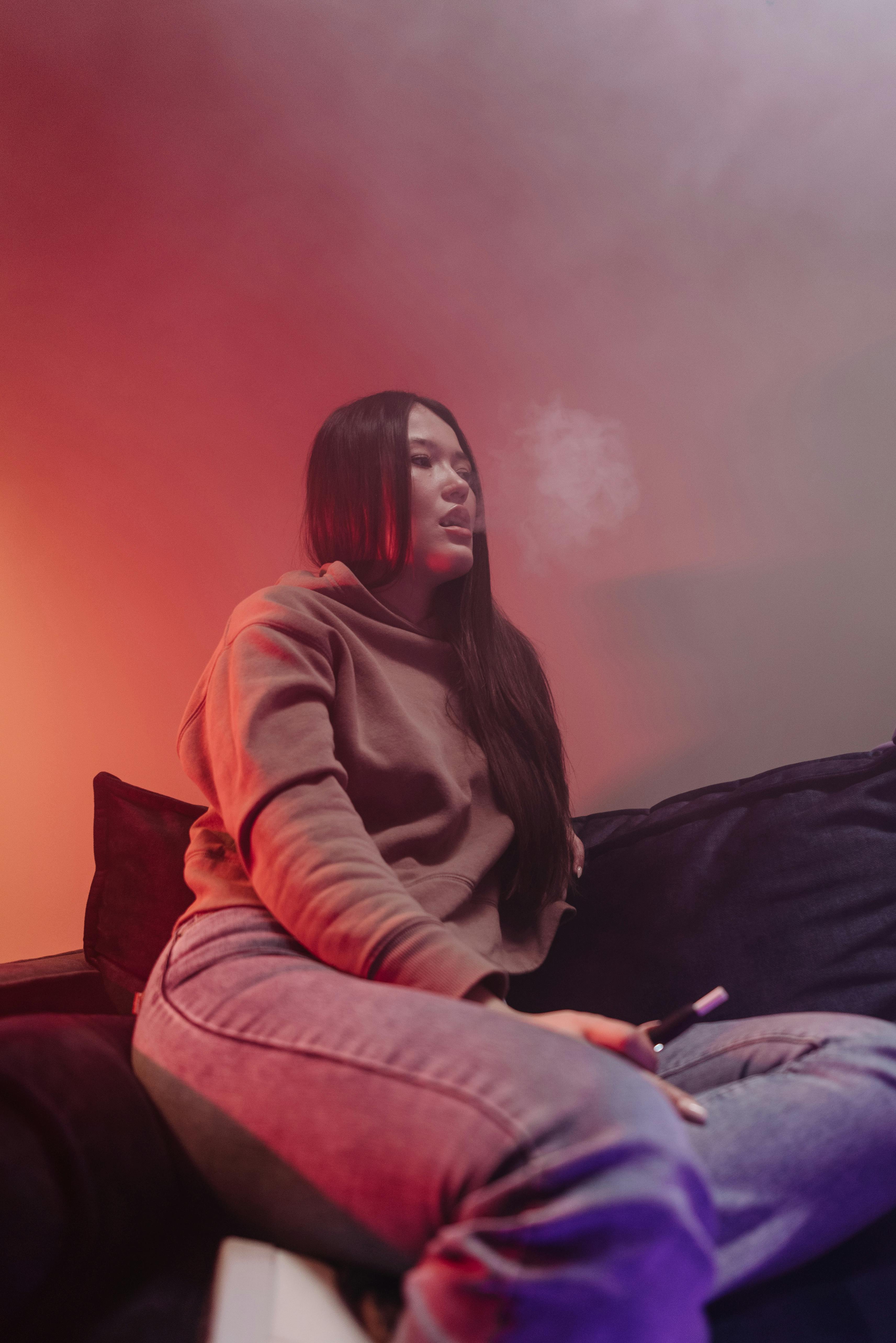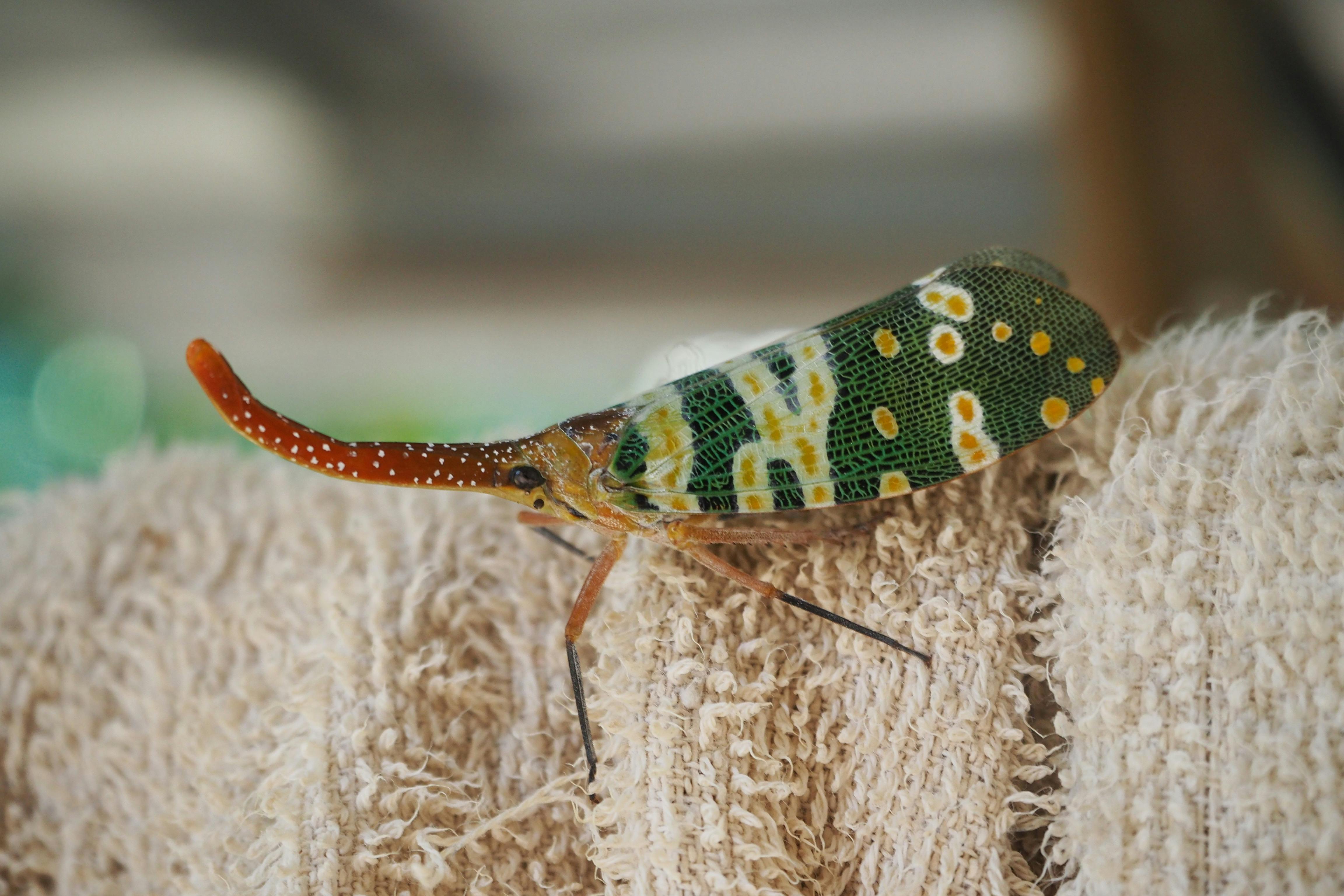Best 5 Ways to Bleach Your Hair Safely in 2025

Best 5 Ways to Bleach Your Hair Safely in 2025
Bleaching your hair can be an exciting journey toward achieving your dream color, but it’s crucial to prioritize safety throughout the hair bleaching process. Understanding how to bleach hair properly not only enhances your aesthetic appeal but also minimizes the risk of damage. As we step into 2025, there are innovative techniques and products that have emerged, enabling you to lighten your hair while maintaining its health. This article will walk you through the best five ways to bleach your hair safely, focusing on effective home hair bleach tips and expert recommendations.
In this guide, you will discover the best hair bleach products available, the importance of understanding hair bleaching techniques, and how to prepare your hair effectively before beginning the bleaching process. We'll also cover what to expect during the process, common hair bleaching mistakes to avoid, and how to maintain your hair post-bleach for optimal results. Let's dive into the world of safe hair bleaching methods!
Essential Pre-Bleach Hair Care Techniques
Before embarking on your hair bleaching journey, it’s vital to prepare your hair adequately. Pre-bleach hair care lays the foundation for a successful and safe bleaching experience. One of the first steps is to assess your hair health. Check for any existing damage; if your hair is brittle or overly dry, consider deep conditioning treatments in the weeks leading up to your bleaching appointment.
Proper hydration is crucial for your hair. Incorporate moisturizing hair treatments into your routine, focusing on products that help restore moisture and strength. A well-hydrated hair shaft is less likely to suffer from extensive damage during the bleaching process.
Using natural hair masking ingredients, like coconut oil or argan oil, can reinforce hair health. Apply these masks a few days before bleaching to build moisture and structure.
Remember to avoid washing your hair with harsh shampoos immediately before bleaching. Natural oils provide a protective barrier for your scalp and hair, helping to mitigate damage during the process.
Taking these pre-bleach precautions not only enhances hair resilience but also contributes to more effective bleaching results.

Choosing the Right Hair Bleach Products
The options for hair bleaching kits have expanded significantly, offering varied formulations that cater to different hair types and desired results. When selecting a bleach product, consider your hair type, the level of lightening you wish to achieve, and your skin sensitivity. Always opt for reputable hair bleach brands with proven safety profiles.
Look for bleach products that include conditioning agents. These components can help protect your hair during the bleaching process, reducing the potential for damage. Additionally, consider the developer strength; a lower volume developer (10 or 20) is generally safer for beginners as it lightens hair more gradually.
Taking into account whether you're bleaching dark hair or achieving a blonde hue, you may need different products. Consult resources like a hair color removal guide or product recommendations from hairstylists to find the best match for your needs.
Don't forget about post-bleach products! Having a high-quality hair dye after bleaching can help maintain the vibrancy of your new color and protect your hair from further damage.

Effective Techniques for Home Hair Bleaching
Home hair bleaching can be a fun DIY project if approached correctly. Understanding different hair bleaching techniques is essential for minimizing misuse and ensuring an even application. Start by dividing your hair into manageable sections to ensure thorough coverage and avoid patchiness.
Always conduct a patch test 48 hours prior to bleaching to assess any potential allergic reactions. Once you've confirmed that your skin is compatible with the bleach, mix your products according to the instructions, and remember to dedicate extra care to the ends of your hair as they are often more damaged.
Apply the bleach to the mid-lengths first, moving quickly to the roots last. This technique ensures the most uniform lightening, as the roots generally process more quickly due to heat from the scalp. Monitor your hair during the bleaching process; it's essential to ensure you don’t exceed the recommended time to avoid hair damage.
Lastly, after finishing the application, consider using a shower cap to retain heat and allow the bleach to work more effectively without over-processing the hair.
Post-Bleaching Care for Healthy Hair
After completing the hair bleaching process, the focus shifts to maintaining hair health. The frequency of hair bleaching should be limited to prevent excessive damage. Experts suggest waiting at least six to eight weeks before bleaching again to allow your hair to recuperate.
Integrating moisturizing treatments is crucial. Post-bleach hair maintenance should include hydrating hair masks and regular deep conditioning sessions to restore moisture. Look for products that contain keratin and natural oils to strengthen your strands.
Additionally, consider using a toner after bleaching to neutralize any brassy tones that may develop as your hair lightens. This step also helps maintain the desired shade and improves overall hair appearance.
Your hair's condition post-bleach is paramount; prioritize using gentle shampoos and conditioners designed specifically for color-treated hair. This approach will help retain hydration and prevent further drying or damage. Regular trims can also aid in keeping split ends at bay.
Avoiding Common Hair Bleaching Mistakes
When navigating the hair bleaching process, avoiding common mistakes can make all the difference in achieving beautiful, healthy results. One frequent error is over-processing—leaving the bleach on too long can lead to significant damage. Always adhere to timing guidelines and keep a close watch on your hair's condition during treatment.
Another mistake is not using enough product. Insufficient application can result in uneven color and patchiness. Make sure to saturate each section of hair adequately to avoid any missed spots.
Consulting with a stylist prior to at-home bleaching can provide invaluable insight into your hair's specific needs and help you avoid common pitfalls related to hair texture and porosity.
Finally, be cautious of using too many heat styling tools on bleached hair. Heat can exacerbate damage, so limit their use and always use a heat protectant to shield your strands.
By being informed and cautious, you can significantly enhance the safety and effectiveness of your hair bleaching experience.
Conclusion
In summary, achieving beautiful, safely bleached hair in 2025 requires careful preparation, the right products, effective techniques, and diligent aftercare. By implementing essential pre-bleach techniques, choosing the best bleach products, and emphasizing post-bleach maintenance, you can revel in the transformation while maintaining your hair's health. Remember to avoid common pitfalls and be proactive in caring for your strands. Embrace the exciting world of hair coloring with confidence, knowing you'll achieve stunning results with these best practices!
```